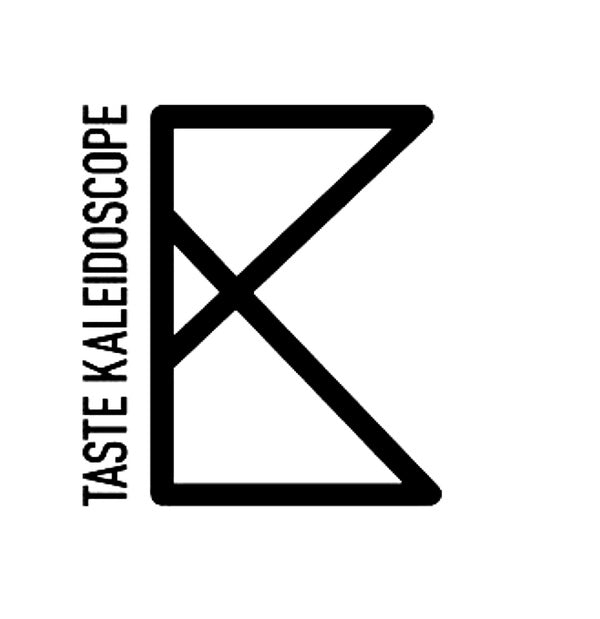When you're sitting at home, brewing your own, do you wonder about the tea journey from farm to pot?
At Taste Kaleidoscope we love to tea story tell.
We love it so much that we renamed our chief brewer, Kuan, the tea storytelling master.
Every week or so, we sit down and chat about tea (of course whilst we are drinking our Ginger Honeybush Tea!).
Our tea storytelling can go for hours, so to save you a little time, we thought we'd take you on the mini-version of the spicy tea journey that you know as Chai.
Silk Road
LIke all great journeys - it started on a road
A trading route between China and the Mediterranean way back in the 1800s, named Silk Road because China’s silk comprised a large proportion of the trade (along with herbs and spices).
Our modern spicey luscious tea that we enjoy today could've well been birthed on the Silk Road.
It was 1700’s and the Russian Tsar was offered Chinese black tea during a visit on the Silk Road (as it came to be known) - these teas were brewed with herbs and spices in a Samovar (a tea brewing instrument), which carried a symbolic meaning of unity and family values.
So spiced tea became a symbol of class and royalty.
Given black tea was a little bland for royalty and as it was a concentrated tea it could be diluted and customised to suit the tastes of the drinker and sweetened with sugar, molasses, honey or dried fruits and jams.
India Strikes
Somewhere along the line, the spicy tea from China met India. In particular, their traditional spiced tea which traces back to Ayurvedic medicinal use.
Ayurvedic used brewed spices, herbs and nuts for medicinal purposes, some say, learning the custom from Persia’s ceremonial practices of drinking to good health and abundance.
India is now home to the modern spiced tea, Masala Chai, which can be traced back to India, Sri Lanka and Pakistan (originally brewed without a true tea, consisting only of spices and herbs!).
British Colonisation
British people love their tea (especially in the morning). So, it’s no wonder that when the British set up an Assam tea plantation in India to export tea via the British East India Company in 1820’s that the Masala Chai (as it’s known today) was born.
They promoted the use of black tea, milk, and sugar as a morning tisane (or herb tea). This chai is a darker, richer tea than traditional Indian tea, and was drunk as a refreshing morning pick-me-up.
Masala Chai today continues to absorb the traditions of many different cultures and has evolved from varied recipes, sourced from all corners of the globe.
Middle East
The Middle East probably influenced every route mentioned in our journey so far. The tradition of brewing very strong tea is referenced here many times.
As we know the Middle East is light on alcohol, so tea for many years has been their ‘go-to’ refreshment drink.
Along with their food, spices are used to enhance sweet and savoury dishes, so tasty teas can be found here - you'll find teas here influenced with mint and cinnamon along with milk, anise rose or ginger. In Australia, we mostly use wine or champagne when we celebrate but in the Middle East it's very common to toast or celebrate a special occasion with tea.
So common they have crafted a tea for this purpose, known as Karak Chai. It’s very popular in the Middle East so next time you visit make sure you go to a tea house and order your own special cup of Karak Chai.
Start your own tea journey with our FREE sample - follow us on Facebook - direct message us for your sample.
Shop for our well-crafted luxury spice teas here.


